Cherry Pie
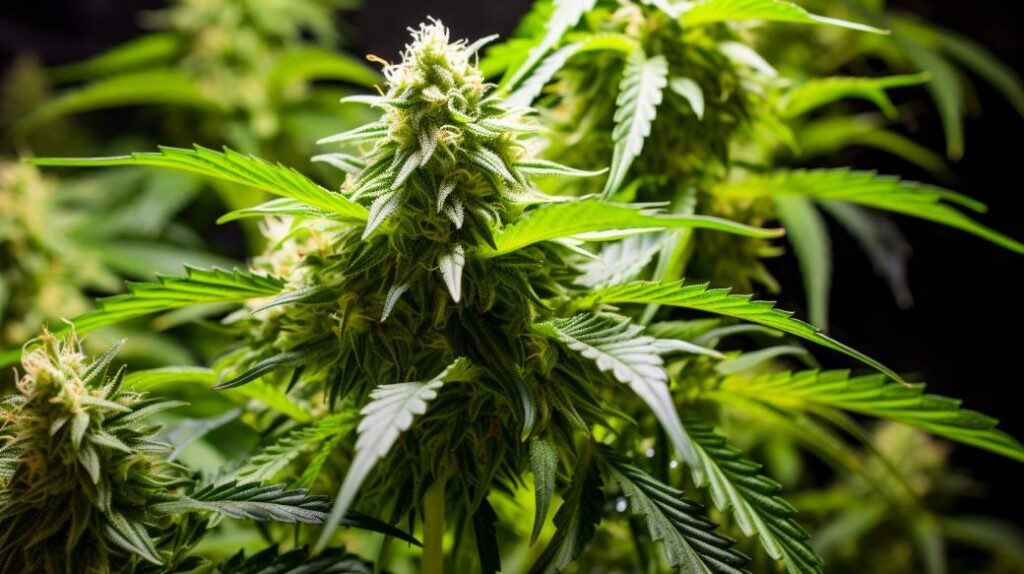
In the increasingly nuanced world of cannabis genetics, the Cherry Pie strain emerges as a notable topic for discussion among both connoisseurs and medical patients.
Its distinct lineage, deriving from the potent Grand Daddy Purple and the sativa-dominant Durban Poison, bestows upon it a complex profile that warrants a closer examination.
With its purportedly high THC content, Cherry Pie has prompted conversations on its perceived efficacy in managing certain conditions, balancing sedative indica properties with the cerebral clarity often attributed to sativas.
The strain’s characteristic aroma, which hints at the sweetness of its namesake dessert, belies the potential potency contained within its trichome-laden flowers.
Yet, beyond its initial sensory appeal, there remains a spectrum of effects and possible adverse reactions that are as layered as its flavor profile.
As the dialogue on Cherry Pie’s impact on the cannabis landscape continues, one must consider the myriad factors that contribute to its standing in both recreational and medicinal circles.
Genetic Lineage
The Cherry Pie strain emerges from a robust genetic lineage, primarily composed of the indica-dominant Grand Daddy Purple and the sativa-infused Durban Poison, culminating in a unique profile that marries deep relaxation with subtle cerebral invigoration.
As an indica dominant hybrid strain, Cherry Pie boasts an 80% indica and 20% sativa genetic composition, which manifests in its dense buds adorned with orange hairs and a touch of purple, indicative of its Granddaddy Purple heritage. The aromatic profile is equally complex and inviting, with an olfactory experience that mirrors the sweetness and fruitiness of its namesake dessert, a nod to its Durban Poison lineage that is known for its sweet berry accentuations.
Analytically, the presence of Granddaddy Purple in its genetic makeup accounts for the deep sense of calm and muscle relaxation reported by users. Conversely, the influence of Durban Poison injects an energizing and uplifting element, fostering improved focus and an elevated mood. This interplay of genetics yields a balanced hybrid, tailored for those seeking relief from stress, depression, and anxiety, as reflected by user testimonies.
Cherry Pie’s lineage thus creates a harmonious equilibrium of effects, making it a versatile choice in the cannabis marketplace.
THC/CBD Content
Cherry Pie Strain boasts THC concentrations that typically range from a moderate 16% to a more robust 24%, accompanied by a CBD presence of 1% to 1.5%, which collectively contribute to its balanced psychoactive and therapeutic profile. This indica-dominant hybrid, with its strain high THC content, offers a dynamic and nuanced experience. The presence of additional cannabinoids such as CBG and CBN enhances the overall effects and may amplify the strain’s medical potential.
The moderate yet significant THC levels in Cherry Pie Strain make it a suitable choice for both recreational users looking for a pleasurable high and medical patients seeking relief. Its hybrid nature provides a blend of cerebral stimulation and physical relaxation, characteristic of its rich genetic lineage. The CBD content, though not as high as strains bred specifically for medical use, still offers some level of therapeutic benefit. It may aid in tempering the intensity of the THC while contributing to the entourage effect, which posits that cannabinoids work better in concert than in isolation.
Cherry Pie’s cannabinoid profile suggests a balanced experience, where users can enjoy the relaxation offered by an indica-dominant hybrid without overwhelming sedation, making it versatile for various contexts and times of day.
Terpene Profile
Building on its cannabinoid foundation, the Cherry Pie strain features a terpene profile rich in myrcene, limonene, and beta-caryophyllene, each contributing to the strain’s distinctive sensory appeal and therapeutic potential.
Myrcene, the most prevalent terpene in this profile, imbues Cherry Pie with a musky and earthy aroma, while its inherently relaxing effects potentially soothe the body and mind.
The presence of limonene adds a sweet and fruity dimension to the scent, enhancing the overall delicious flavor that users experience.
Beta-caryophyllene, known for being present in many herbs and spices, lends a spicy and woody note to the aromatic bouquet. Its inclusion in the terpene profile of Cherry Pie is significant not just for the complexity it adds to the flavor but also for its various wellness properties, which have been the subject of growing interest in the scientific community.
Moreover, pinene adds a refreshing pine accent that contributes to the clarity of experience, potentially aiding in focus and memory retention.
Collectively, these terpenes synergize to elevate the Cherry Pie strain beyond its basic cannabinoid content, offering a comprehensive sensory and therapeutic package that is as complex as it is inviting.
Effects
Users report a euphoric and uplifting high from the Cherry Pie strain, frequently accompanied by an increase in happiness and a boost in creativity. This hybrid strain is renowned for its ability to inspire a sense of well-being, making it a popular choice for those looking to enhance their mood and spark inventive thinking. The effects are often characterized as a harmonious blend of mental stimulation and physical relaxation, which can be attributed to its balanced genetic lineage.
The relaxation component attributed to the Cherry Pie strain is substantial, providing a soothing effect on the body without leading to excessive sedation. This makes it a suitable option for daytime or evening use, allowing individuals to unwind while maintaining a level of alertness and functionality.
The strain’s effects, however, are not without their drawbacks. Some users report experiencing dry eyes and dry mouth, which are common side effects associated with cannabis use. A minority also report feelings of paranoia, emphasizing the importance of moderation and awareness of one’s tolerance.
Analytically, the Cherry Pie strain appears to offer a versatile profile of effects, catering to those seeking a relaxing yet mentally engaging experience. It’s crucial for users to approach this strain with mindfulness, as with any cannabis product, to ensure a positive and beneficial experience.
Medical Uses
The Cherry Pie strain is commonly utilized in the medical marijuana community to alleviate symptoms associated with a variety of psychological and physical health conditions. This particular variety of medical cannabis offers a spectrum of therapeutic effects that are highly valued by patients.
For those suffering from psychological disorders such as PTSD, anxiety, bipolar disorder, and stress-related syndromes, Cherry Pie may provide a sense of euphoria and relaxation, which can be instrumental in uplifting moods and improving focus. Its calming properties are often sought after by individuals seeking relief from the tumultuous symptoms these conditions can bring.
In the realm of physical health, Cherry Pie is recognized for its potential to ease muscle stiffness and related ailments, making it a go-to option for patients with such issues. Furthermore, it has been reported to help manage migraine pain, a significant benefit for those plagued by this disabling condition. However, it is important to note that while Cherry Pie is beneficial in various therapeutic contexts, it may also cause dry eyes and mouth as side effects.
Patients experiencing Appetite Loss may also turn to Cherry Pie, as it can have the added benefit of stimulating appetite, which is crucial for those requiring nutrition for recovery and health maintenance.
Flavor and Aroma
While Cherry Pie strain is lauded for its therapeutic benefits, its sensory appeal is equally impressive, with a flavor and aroma profile that captivates both connoisseurs and casual users alike.
The Cherry Pie strain offers a complex taste sensation, starting with the initial impression of berry and sweet flavors that merge seamlessly with the nuanced notes of tree fruit. This delightful blend is a testament to the strain’s well-crafted genetics, which promote a genuinely enjoyable taste profile.
The aroma profile of Cherry Pie is nothing short of alluring. A sweet and fruity scent reminiscent of fresh cherries permeates the air upon handling the buds, indicating the richness of the strain’s terpene composition. Myrcene, caryophyllene, and pinene are particularly influential in shaping Cherry Pie’s effects, and their presence is integral to the strain’s distinctive flavor and aroma. These terpenes not only enhance the sensory experience with their aromatic contributions but also augment the synergistic effects of the cannabinoids found within.
Furthermore, the lingering taste of sweet and tart cherry entices the palate, leaving a satisfying and memorable impression long after consumption. Cherry Pie’s effects on the senses are indicative of its unique and sought-after characteristics, solidifying its status as a favorite among cannabis aficionados for its remarkable flavor and aroma.
Appearance
Upon inspection, Cherry Pie buds present an arresting visual tapestry, densely packed with vivid orange pistils and subtle hints of purple that underscore the strain’s aesthetic appeal. The dense buds, characteristic of the Cherry Pie variety, exhibit a robust structure, indicative of a well-cultivated plant. These compact flowers are a testament to the strain’s optimal flowering time and meticulous care in cultivation, ensuring a rich and vibrant presentation.
The interplay of color within the Cherry Pie buds is a result of its unique genetic lineage and the expression of specific terpenes such as myrcene, limonene, and beta-caryophyllene. These compounds not only influence the strain’s olfactory and gustatory qualities but also contribute to the chromatic composition of the buds. The orange hairs, or pistils, serve a critical role in the plant’s reproductive process and are a hallmark of maturity, signaling readiness for harvest.
The presence of purple hues, although less prominent, adds a layer of complexity to the visual palette of Cherry Pie. This subtle coloration is often sought after by connoisseurs and cultivators alike, as it may suggest particular environmental factors during the flowering phase that can enhance the overall appeal of the cannabis flower.
Grow Information
Cherry Pie’s adaptability to various growing conditions makes it a favored choice among cultivators, offering a straightforward cultivation experience for both indoor and outdoor settings. This versatility is particularly beneficial for novice and experienced growers alike, as the strain demonstrates a resilience that can accommodate fluctuations in care and environment.
When grown indoors, Cherry Pie requires a flowering time of approximately 8-9 weeks. This period is crucial for the development of its dense buds that are characteristic of the strain, complete with vivid orange pistils. Cultivators should maintain optimal humidity levels to ensure healthy growth while avoiding mold and mildew, which can be detrimental to the crop.
Outdoor cultivation of Cherry Pie culminates in a harvest around late October. The strain thrives in warm, humid climates, where it can reach its full potential. Growers should pay careful attention to climate patterns to protect the crop from extreme weather conditions.
Adverse Effects
Consuming the Cherry Pie strain may lead to several adverse effects, including dry eyes, dry mouth, and occasional feelings of paranoia, particularly in inexperienced users or those sensitive to THC. While this cannabis variety has been making it a popular choice for many due to its balance of euphoria and relaxation, it is imperative to approach its use with an awareness of its potential side effects.
Users report that the most common discomforts are dry eyes and dry mouth, symptoms commonly associated with cannabis use due to its interaction with the endocannabinoid system, which can reduce saliva production and tear secretion.
An analytical overview of the user experiences reveals that, in addition to dry eyes and dry mouth, symptoms such as anxiety and dizziness may occur, particularly if consumed in higher doses. These side effects can often be mitigated by starting with a lower dose and gradually increasing as needed, allowing users to manage their experience more effectively. It is also advisable to stay hydrated and to have eye drops on hand to alleviate discomfort.
The variability of individual reactions to the Cherry Pie strain underscores the importance of mindfulness when indulging. Careful dosage and responsible consumption practices are key in minimizing adverse effects and enhancing the enjoyment of its desirable qualities.
Comparisons with Similar Strains
Exploring the landscape of balanced hybrids, Cherry Pie emerges as a noteworthy strain, comparable to others like Blue Dream and Girl Scout Cookies in its ability to harmonize relaxation with cerebral stimulation. These strains share a common thread—they offer a synergistic blend of effects that cater to both the body and the mind, appealing to a wide range of users seeking multifaceted experiences.
-
Similar Strains and Their Properties:
-
Blue Dream:
-
Known for its mood-enhancing properties.
-
Offers a gentle euphoria that is both uplifting and soothing.
-
Girl Scout Cookies:
-
Strains high THC content, delivering potent effects.
-
Provides deep relaxation paired with a happy, euphoric feeling.
Cherry Pie’s sweet and fruity flavors are echoed in strains like Gelato and Sunset Sherbet, which are also celebrated for their dessert-like taste profiles. Additionally, Cherry Pie’s stress-relief capability is akin to Granddaddy Purple and Bubba Kush, both known for their relaxing essence. For those who revel in the happiness-inducing side of Cherry Pie, Pineapple Express and Super Lemon Haze may also bring joy with their similar mood-lifting qualities.
Each strain, while sharing similarities, offers a unique tapestry of flavors and effects, providing diverse options for the discerning enthusiast.
Research and Studies
Within the realm of cannabis research, studies focusing on the Cherry Pie strain have demonstrated its potential therapeutic benefits, particularly in the management of stress, depression, and anxiety. This strain is known for its indica-dominant genetics, yielding a balance of relaxation and euphoria that caters to both recreational and medicinal users. Data reveals that 34% of users find relief from stress, 28% from depression, and 27% from anxiety after consuming Cherry Pie.
The therapeutic scope of Cherry Pie extends to chronic pain management, insomnia, migraines, and psychological conditions such as ADHD/ADD and PTSD. Its award-winning profile at the 2014 High Times Cannabis Cup underlines its respected status in the cannabis community. Notably, the strain’s terpene profile, rich in myrcene and caryophyllene, contributes to its relaxing and wellness-promoting properties. Users often describe the effects as grounding yet conducive to creativity, attributing to the strain’s noted creative effects.
Despite its many benefits, Cherry Pie can induce some adverse side effects like dry mouth, dry eyes, dizziness, and paranoia in certain individuals. Nevertheless, its ease of cultivation, with a flowering time of 8-9 weeks, makes it a viable option for both novice and experienced growers.
History and Origin
Tracing its roots back to the vibrant city of San Francisco, the Cherry Pie strain emerged as a result of selective breeding between the flavorful Grand Daddy Purple and the energizing Durban Poison, establishing itself as a cornerstone in the medicinal cannabis community. This indica-dominant hybrid was meticulously crafted by the Bay Area’s Pieguy, and quickly gained a reputation for its therapeutic effects, making it a popular choice among patients and enthusiasts alike.
- History and Origin:
- Developed in San Francisco by the Bay Area’s Pieguy
- Awarded 3rd place in the Medical Sativa category at the 2014 High Times Cannabis Cup
The Cherry Pie strain is renowned for its complex aromatic profile and the soothing effects it delivers. Its lineage from Grand Daddy Purple and Durban Poison has bestowed it with a unique combination of scents and flavors, as well as a broad spectrum of potential therapeutic benefits.
- Genetic Lineage and Effects:
- Dense buds with orange hairs and a touch of purple
- Sweet and fruity aroma, with a flavor that mirrors fresh cherries
- Terpene profile that includes myrcene, limonene, and beta-caryophyllene
- THC content ranging from 16% to 24%
Frequently Asked Questions
Is Cherry Pie an Indica or Sativa?
Cherry Pie’s genetics predominantly indicate an indica strain, with a complex flavor profile hinting at its parentage. Cultivation tips suggest a moderate growing difficulty, catering to its hybridized sativa traits for balanced growth.
How Does Cherry Pie Strain Make You Feel?
The discussed variety typically induces a creativity boost, offers anxiety relief, and presents a distinctive flavor profile characterized by sweet berry notes. It is widely appreciated for its mood-enhancing and therapeutic properties.
Is Cherry Pie Strain Good for Sleep?
When considering the efficacy of certain genetics for sleep improvement, research suggests that strains with Pie potency, such as specific hybrids, may facilitate restfulness. However, individual responses to such strains can vary widely.
Is Pie Strain Indica or Sativa?
The pie strain’s classification as indica or sativa is influenced by cherry genetics, cultivation methods, and its distinctive terpene profile, which collectively determine the plant’s growth patterns, effects, and sensory characteristics.

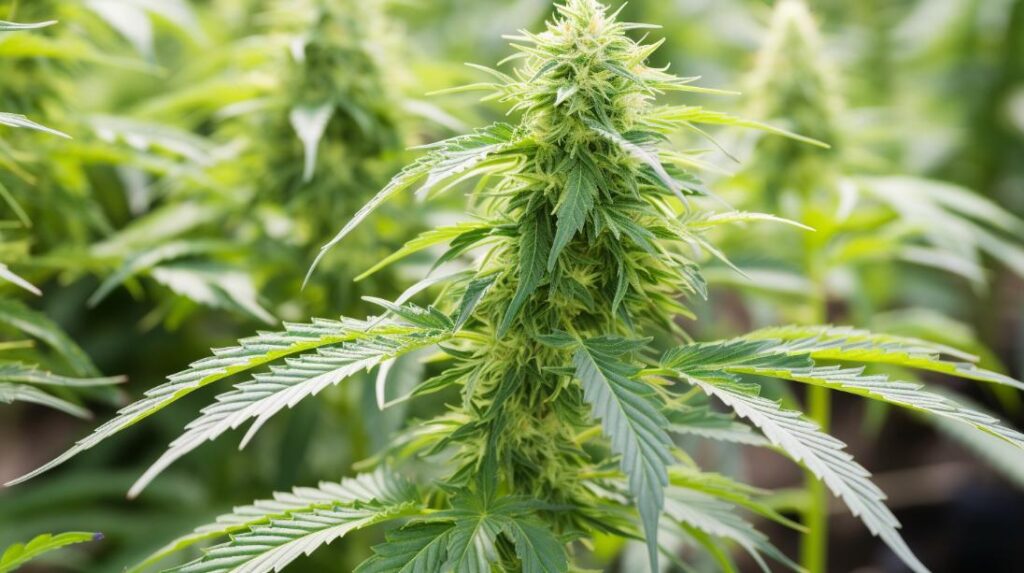
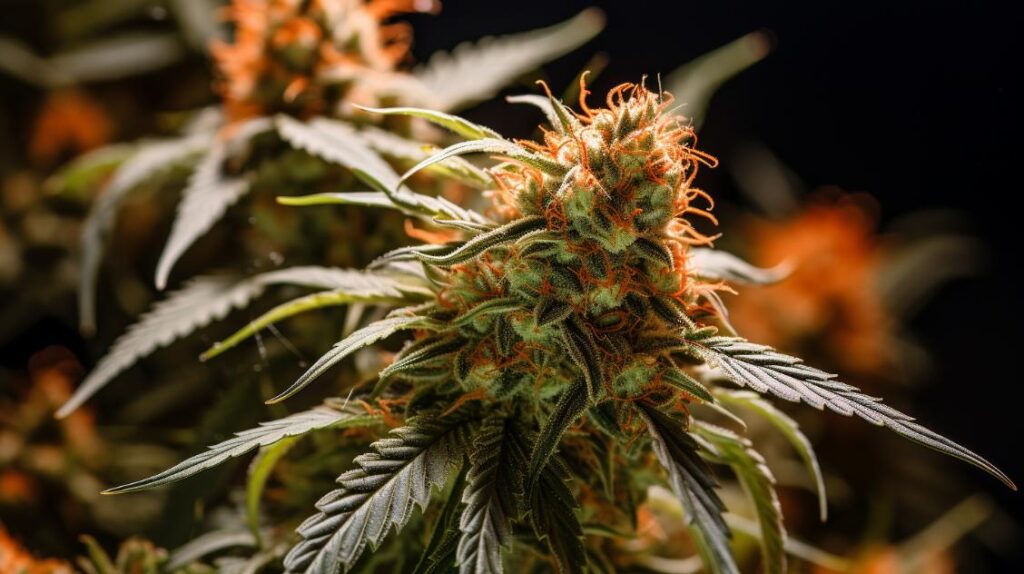
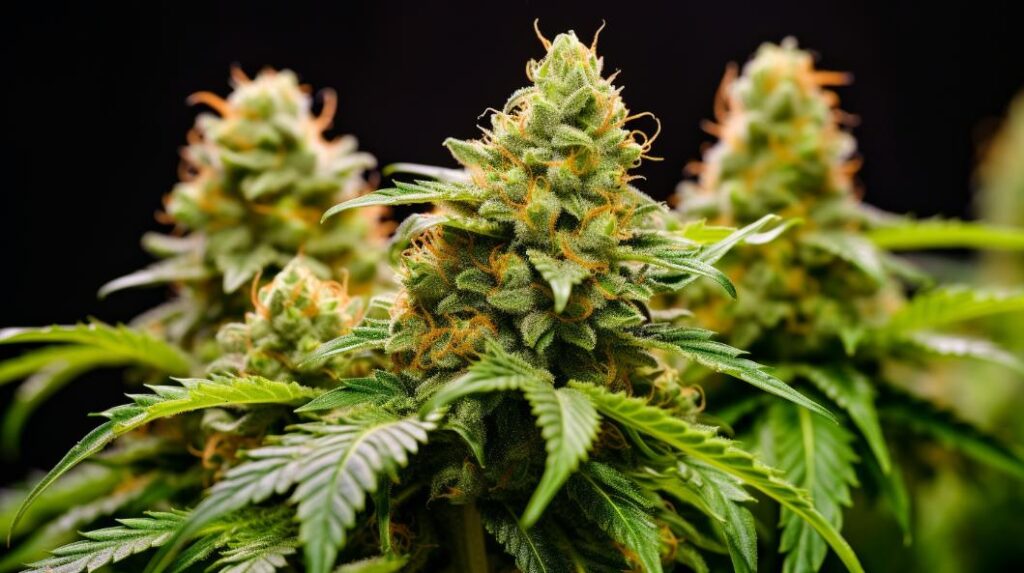
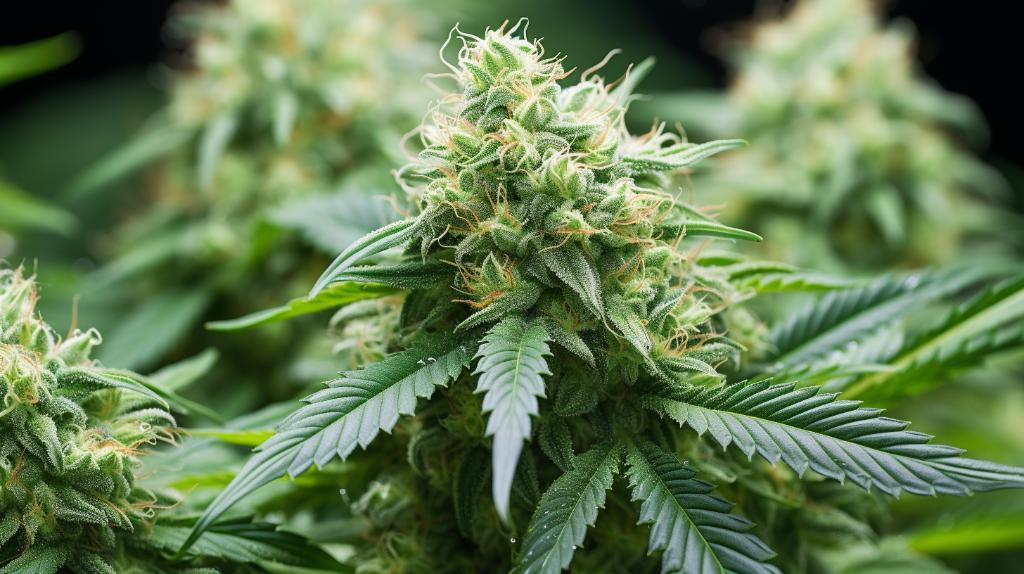
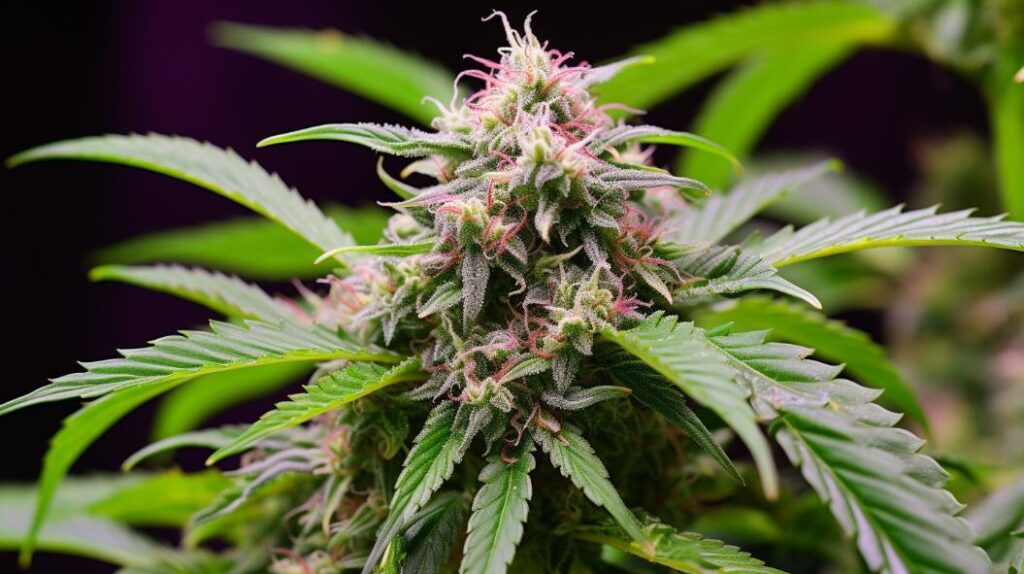

Responses